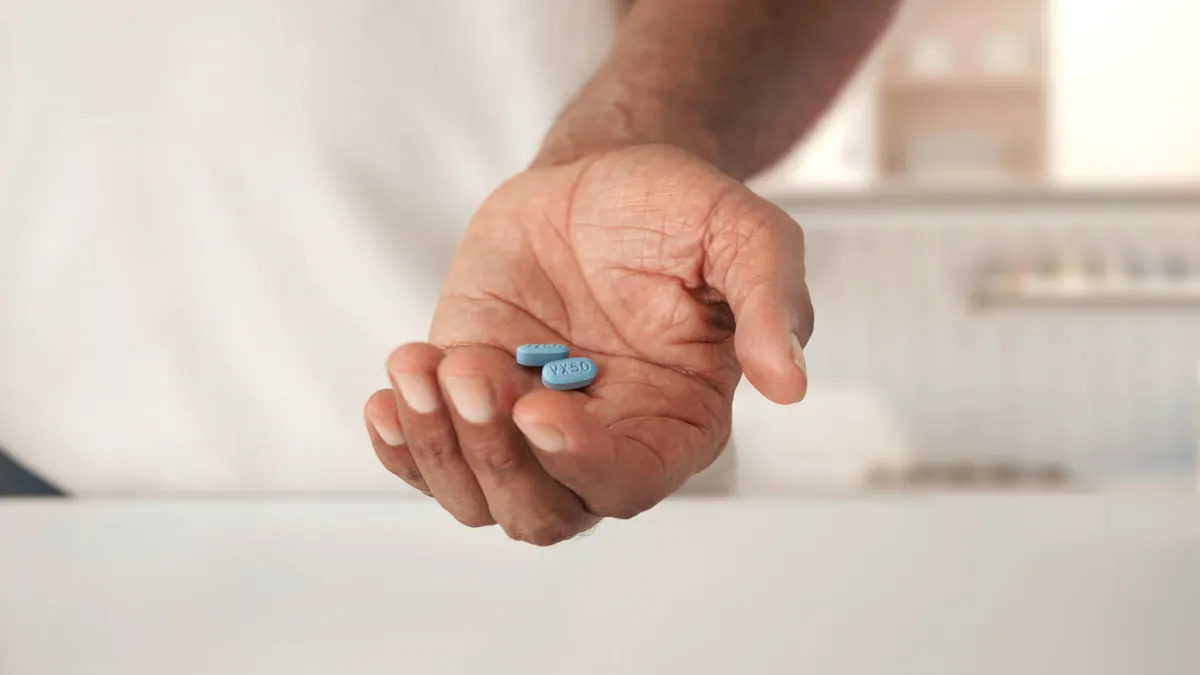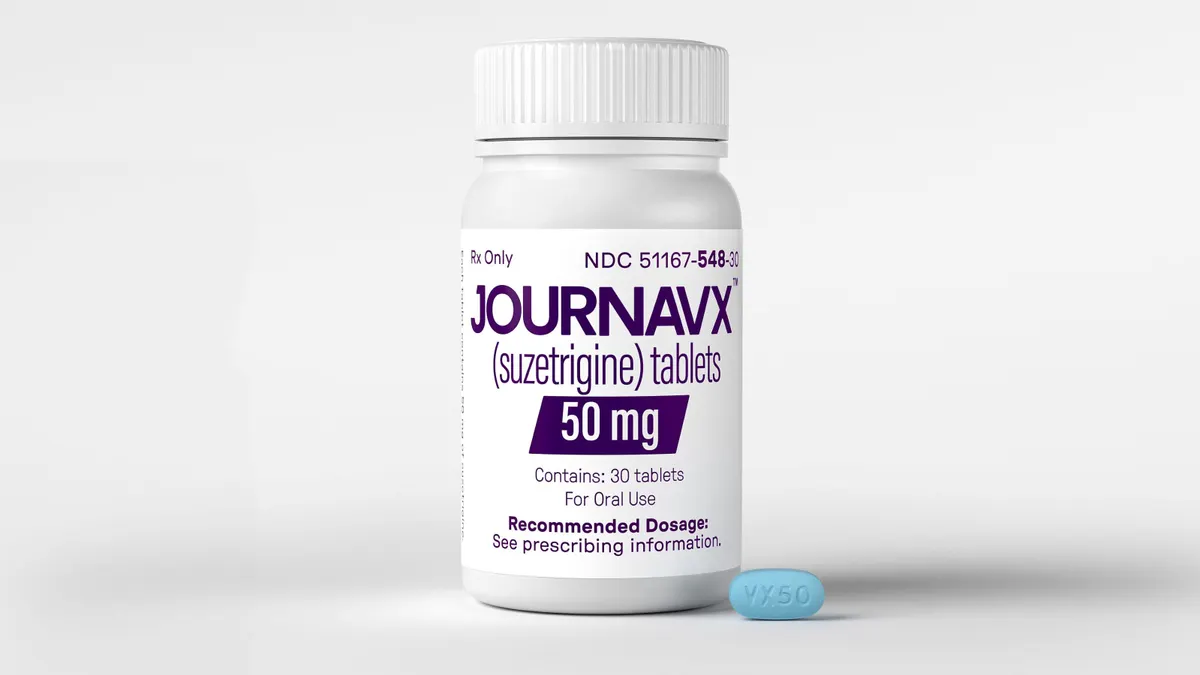Danish drugmaker Novo Nordisk has built a reputation on developing drugs for diabetes and, more recently, obesity. Its treatments Ozempic and Wegovy are now household names, thanks to their potent weight loss effects and surging use.
Yet Novo faces competition from Eli Lilly, which has an Ozempic competitor in Mounjaro, and smaller drugmakers looking to replicate Novo’s and Lilly’s success in obesity.
Over the past few years, Novo has broken out of character to ink a string of acquisitions, including for biotechnology companies Dicerna Pharmaceuticals and Forma Therapeutics, that flesh out its drug pipeline in other metabolic and rare blood conditions. It has also launched new efforts to bring more drug discovery research into its orbit.
“In many ways, this highly entrepreneurial, competitive environment is where we feel so comfortable because there's energy for new ideas,” said Uli Stilz, head of Novo’s Bio Innovation Hub in Boston.
A biochemist by schooling, Stilz has been with Novo for more than a decade, initially to oversee the drugmaker's strategic partnerships. Previously, he spent 17 years with Sanofi, including a stint working to discover new diabetes drugs.
Now, Stilz directs early-stage research collaborations, including a deal announced in September with Evotec to launch a drug accelerator as well as a partnership with the Broad Institute on three programs targeting diabetes and other cardiometabolic diseases.
BioPharma Dive spoke with Stilz about Novo’s approach to building its drug pipeline, and how a traditional pharmaceutical company can create a biotech-like unit. This conversation has been lightly edited and condensed for clarity.

BIOPHARMA DIVE: Can you explain what Novo’s innovation hub is?
ULI STILZ: We started about two years ago as an experiment. Let’s bring together an R&D team that’s interdisciplinary: scientists with disease priorities, scientists who understand molecules in a very broad sense. [We sought to] bring a team with very deep cardiometabolic expertise into Cambridge and the wider Boston innovation ecosystem with the anticipation we’d come together with entrepreneurs, emerging and more established biotechs, academia and venture capital.
They can conceive and co-create new ideas for therapeutic solutions. Then, we start to actually develop concrete product concepts and the plans to bring those ideas and, step-by-step, de-risk towards testing in humans.
Structurally, it's designed as a biotech in Novo Nordisk. And we designed it like this because we wanted to be driving in an entrepreneur environment as many small and mid-sized biotech companies [are]. We wanted to mirror this by also designing a unit in Novo Nordisk [that] is more biotech-like with fast decision-making processes. We operate like a biotech with a portfolio of responsibilities and we drive a portfolio toward the clinic.
How does the hub fit into Novo’s philosophy toward drugmaking?
STILZ: There is a very wide canvas and landscape to cover. We work under a corporate strategy where it's really important to help people living with obesity, diabetes and cardiovascular diseases. Our primary focus is to find next-generation therapeutics.
We have two focus areas, one being other new emerging modalities, which would help us unlock new disease pathways, or make medicines with a differentiated profile. At the same time, we have not fully understood the root cause of diabetes as a disease. The disease severity increases over time and we’ve not really found a key to stop disease progression to slow it down, reverse or even prevent it.
We’ve seen some partnerships already, like Lab eN² with Evotec. What’s the rationale behind those collaborations?
STILZ: We found in the cardiometabolic space there are many early ideas, but actually they’ve never really started their translational journey. A recent MassBio report said about 2% of [biotech pipelines go] into cardiovascular disorders and about 35% is going into oncology. I think there is, in some way, a vibrant basic science environment, creating ideas, but maybe not enough mechanisms to start the translational journey and then actually bring those new ideas to be tested in humans. That's why we created this Lab eN² partnership.
We want to drive innovation in the cardiometabolic space and to be complementary. There is always internal research and development, which creates and develops new medicines. Then we have a very capable business development group which looks at innovation which has been created, mostly assets or technologies, and acquires what we believe is important to complement our pipeline.
Based on those two strong pillars, we felt like we should create a third pillar where we help lift innovation, which otherwise we wouldn't have. It becomes a part of our philosophy. We want to create our own journey. We don't want to just sit and wait for what happens; we actually want to be trendsetters and shape the environment.






















